Cérémonie du thé au pavillon Jagyeongjeon du palais Gyeongbokgung (경복궁 자경전 다례체험행사)
11.7Km 2020-04-21
161, Sajik-ro, Jongno-gu, Seoul
+82-2-3210-4683
La cérémonie du thé a lieu dans le palais Gyeongbokgung, plus exactement dans le pavillon Jagyeongjeon. Durant la première période de l'année, l'événement a lieu tous les weekends au mois de mai et de juin et durant la deuxième période, tous les weekends au mois de septembre et d'octobre. L'inscription se fait par ordre d'arrivée des visiteurs. L'événement vous permet de bénéficier d'atelier sur la cérémonie du thé et de participer à des activités. Il est aussi possible de s'inscrire via le site de la fondation du patrimoine traditionnel de Corée.
Musée du noeud Dong-Lim (동림매듭박물관)
11.7Km 2021-03-27
10, Bukchon-ro 12-gil, Jongno-gu, Seoul-si
+82-2-3673-2778
Le musée du noeud Donglim ouvert en avril 2004 vous fait découvrir les noeuds décoratifs traditionnels coréens maedeup comme le norigae pour le hanbok, mais vous pourrez aussi y voir des ceintures et bourses traditionnelles et des matériaux comme du fil, de la corde ou encore des accessoires. Situé dans une maison traditionnelle hanok, on y trouve plusieurs créations, anciennes et modernes, ainsi que des créations qui reflètent les tendances d'aujourd'hui.
Grand Magasin Lotte (Cheongnyangni) (롯데백화점-청량리점)
11.7Km 2016-04-01
205, Wangsan-ro, Dongdaemun-gu, Seoul-si
+82-2-3707-2500
Le Grand Magasin Lotte de Cheongnyangni possède une culture du shooping depuis sa création en 1994 au niveau de la station Cheongnyangni sur la ligne 1 du métro séoulien et a participé au redéveloppement du quartier depuis.
Il est ouvert de 10h30 à 20h00, plus tard les vendredis, samedis, et dimanches et est fermé un lundi par mois.
Cérémonie de la relève de la garde (수문장 교대의식)
11.7Km 2024-05-17
161, Sajik-ro, Jongno-gu, Séoul
+82-2-3210-1645
Les gardes de la dynastie Joseon désignent les officiers situés aux portes de la citacelle comme la porte Heunginjimun ou Sungnyemun et celles du palais Gyeongbokgung où le roi séjournait. Les gardes étaient ainsi postés pour la surveillance des lieux, ils devaient ouvrir et fermer la grande porte Gwanghwamun selon un processus bien défini afin de protéger le roi, la famille royale et le peuple.
Le parc de Yanghwa sur le fleuve Hangang (한강시민공원 양화지구)
11.7Km 2022-12-16
221, Nodeul-ro, Yeongdeungpo-gu, Seoul
+82-2-3780-0581
Situé côté sud du fleuve Han, le Parc Yanghwa Hangang s’étend entre l’embouchure de l’affluent Yeouido Saetgang et le pont Gayang à Gangseo-gu (Séoul). Ce spacieux parc, riche en végétation, offre une vue spectaculaire du fleuve.
Le parc est situé à proximité d’autres attractions touristiques telles que le Parc de Seonyudo (une île sur le fleuve transformée en parc écologique), le pont Seonyu ainsi que la Fontaine de la Coupe du Monde (avec des jets d’une hauteur de 202m).
Il y a une piste cyclable passant par le parc et reliant ce dernier aux autres du fleuve Han. Tous les mois de mai, cette piste est bordée d’une pelouse luxuriante et de magnifiques roses, faisant d’elle un endroit idéal pour les amis, couples ou familles désireux d’y prendre des photos.
Whale forest (고래의숲)
11.7Km 2021-03-18
136, Dongsung-gil, Jongno-gu, Seoul
+82-70-7543-3313
A restaurant serving Korean-style western dishes. The best menu at this restaurant is house-made pork loin cutlet. This is a Japanese cuisine located in Daehak-ro, Seoul.
PAULIN PANCAKE - Daehakro Branch(폴인팬케이크 대학로)
11.7Km 2021-04-15
136, Dongsung-gil, Jongno-gu, Seoul
+82-2-332-8952
Souffle pancake is a popular dessert in Korea. The best menu at this restaurant is souffle pancakes. This is a cafe located in Daehak-ro, Seoul.
Promenade au clair de lune au palais Changdeokgung (창덕궁 달빛기행)
11.7Km 2023-08-02
99, Yulgok-ro, Jongno-gu, Seoul
• Centre d'appels 1330 : +82-2-1330 (coréen, anglais, japonais, chinois) • Pour obtenir plus d'info : +82-2-2270-1233 / 1238
Nous vous invitons à la Promenade au clair de lune au palais
Changdeokgung qui a lieu tous les ans d'avril à octobre.
Ce programme vous permet d'en apprendre plus sur l'histoire ancienne de la Corée ainsi que la
culture traditionnelle du pays.
Ce programme de visite nocturne vous permet également de profiter de concerts traditionnels tout en dégustant des petits encas typiques de Corée.
Construit à l’origine pour servir de villa royale, le palais
Changdeokgung est devenu le centre du gouvernement durant la dynastie Joseon après que le palais principal
Gyeongbokgung ait été brûlé durant l’invation japonaise au XVIème siècle. En plus de son importance politique, le palais est renommé pour son esthétique et son architecture, étant aménagé au sein d’un magnifique paysage naturel. En 1997, l’UNESCO a inscrit le palais Changdeokgung sur la liste du patrimoine culturel.
Dans le cadre du projet Création des Palais Vivants, le circuit au clair de lune du palais Changdeokgung offre une occasion unique de contempler et faire l’expérience de la beauté du palais.
Asian Table (아시안테이블)
11.7Km 2021-03-18
11, Seonggyungwan-ro, 3-gil, Jongno-gu, Seoul
+82-70-7608-1763
This is a Asian restaurant located in Jongno-gu, Seoul. A pub where you can try a variety of Southeast Asian beers. The best menu at this restaurant is pad Thai.
Magic Drawing, théâtre 〈Doodle Pop〉 (매직드로잉 가족극 〈두들팝〉)
11.7Km 2024-05-02
45, Yanghwa-ro, Mapo-gu, Seoul
1600-8534
Magic Drawing Doodle Pop est un festival créatif organisé par le 'Brunch Theater'. L'événement est animé par une soixantaine d'équipes à travers le monde avec plus de 600 spectacles. Le festival est dédié principalement à la magie, au mime et au dessin.
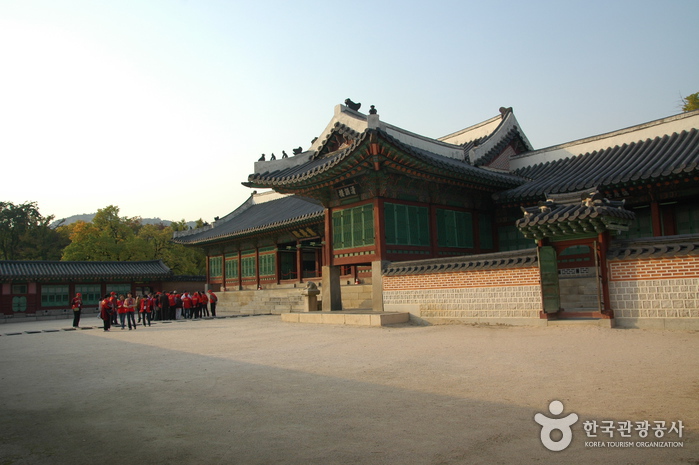
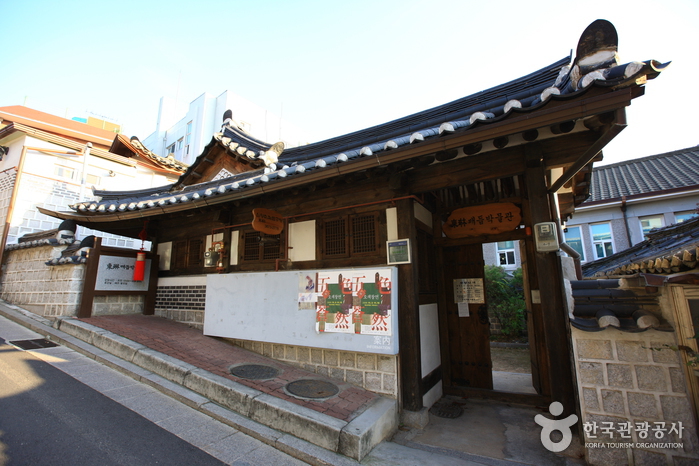

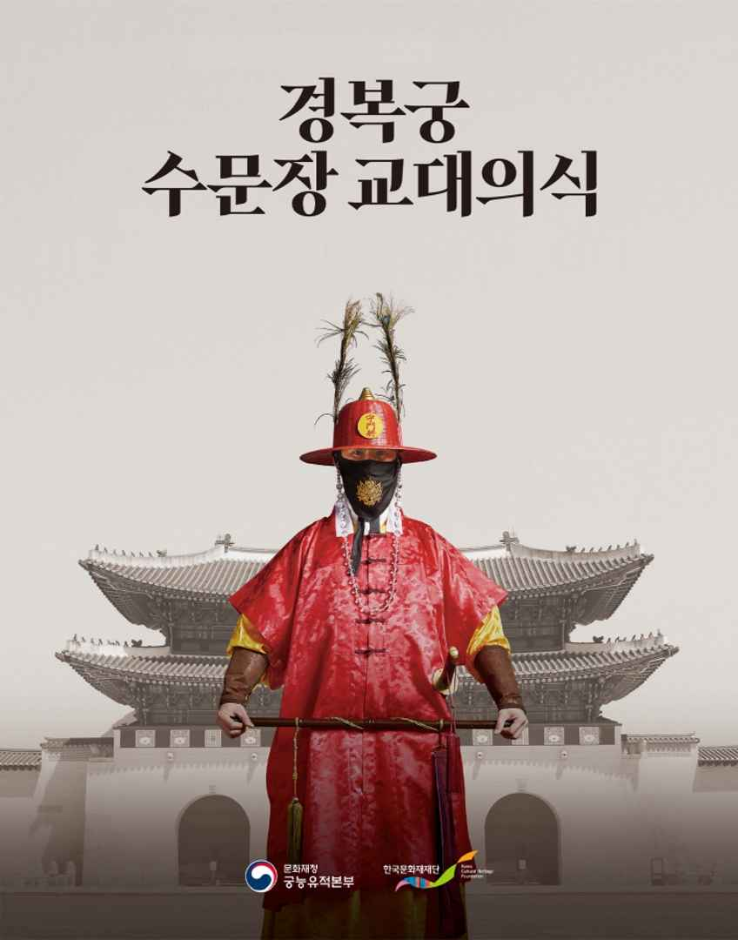
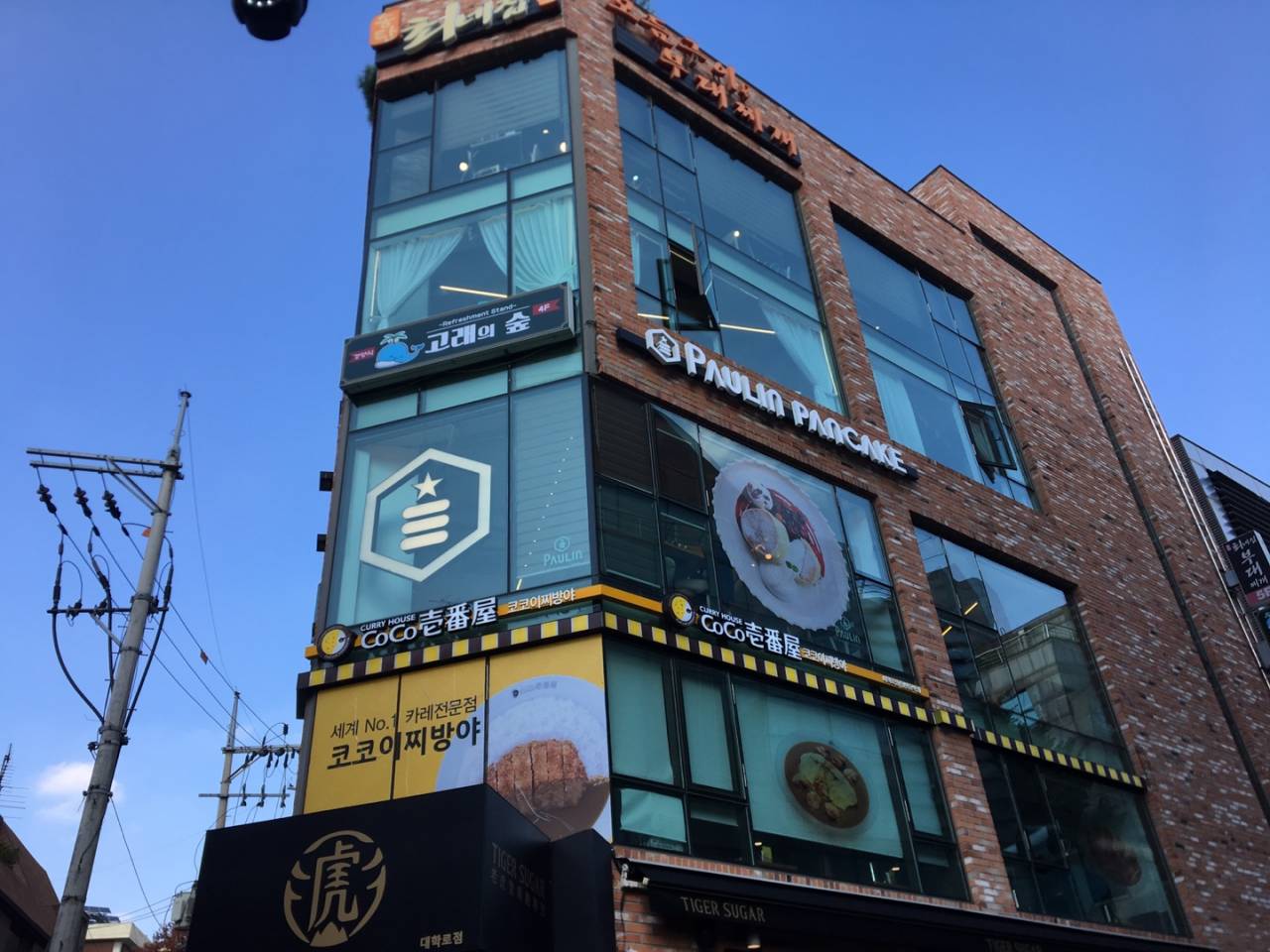
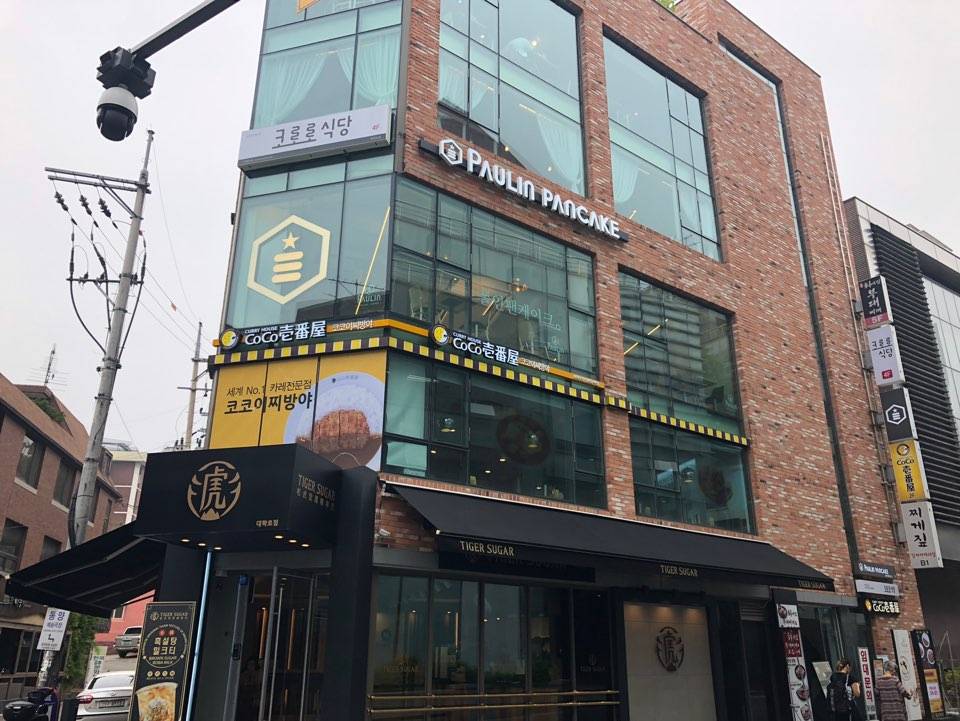
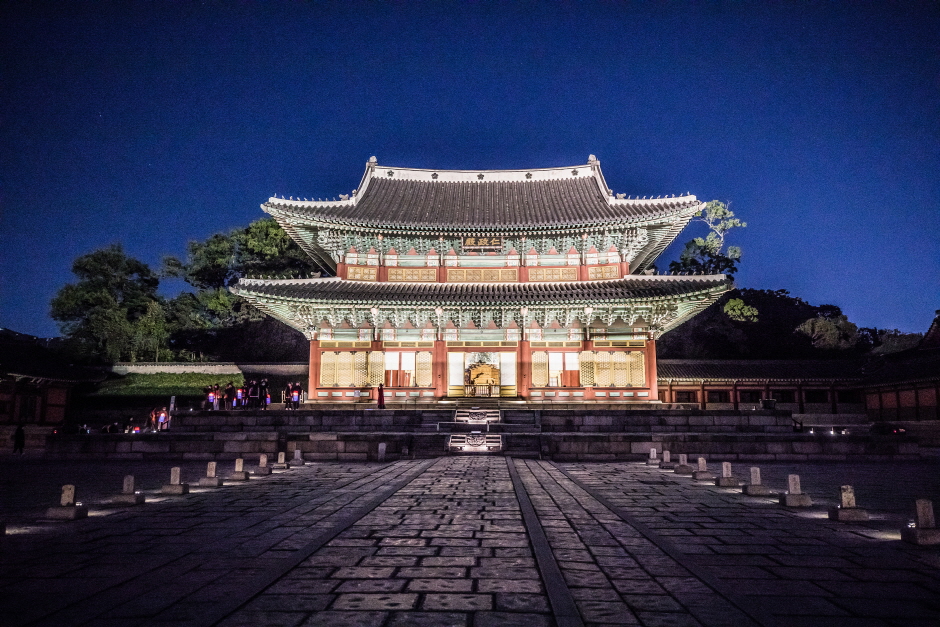
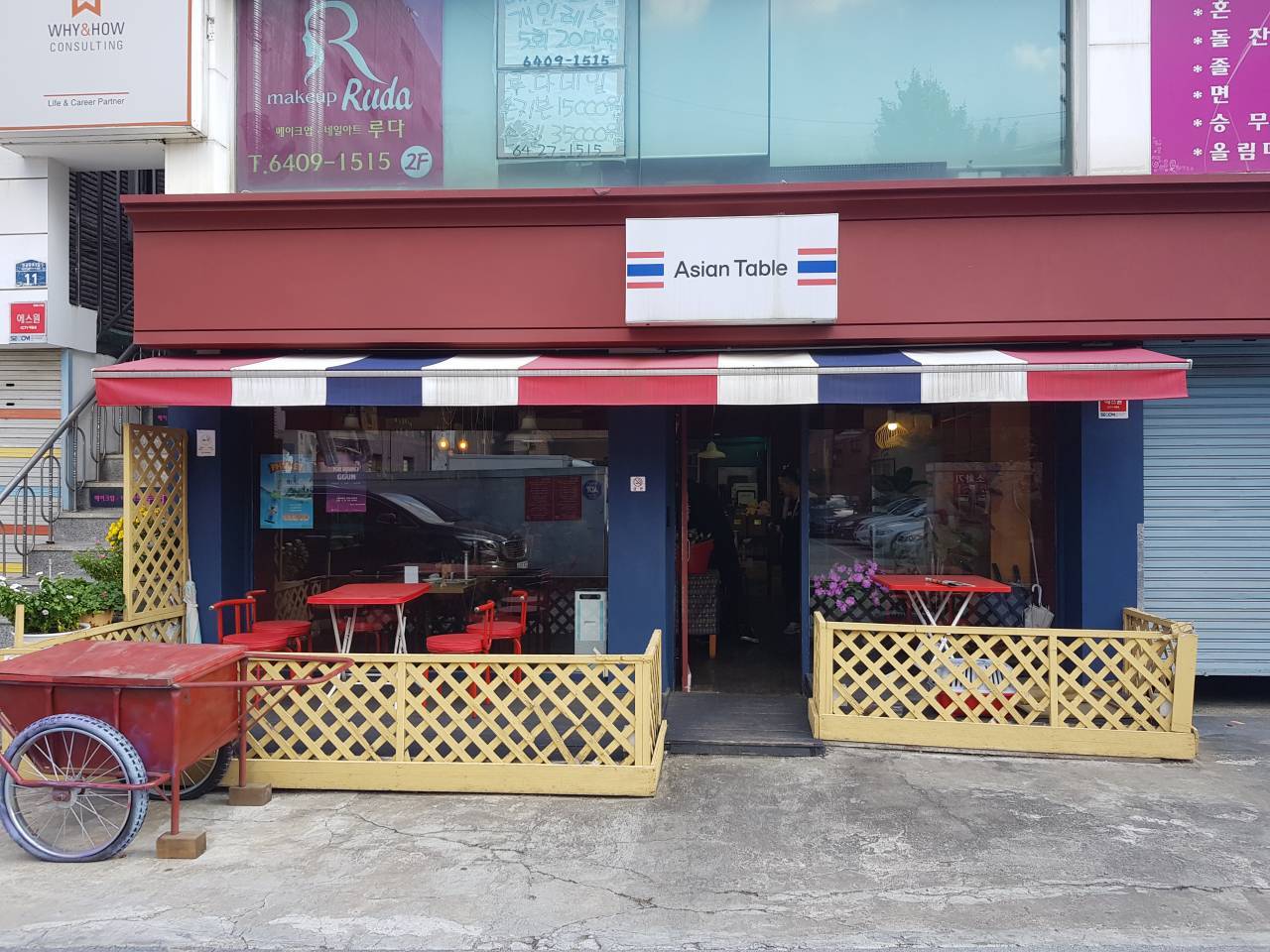

 Français
Français
 한국어
한국어 English
English 日本語
日本語 中文(简体)
中文(简体) Deutsch
Deutsch Español
Español Русский
Русский